How to shop for native plants
So you want to put native plants in your yard – great! But where do you find them, and how do you know they're the right ones?

If there is one thing that attests to the growing interest in habitat gardening, it is the increasing number of nurseries that are making regionally adapted native plants available to the public. When I first started writing about native plant gardening 30-plus years ago, people had to track these plants down in far-flung nurseries, few and far between, and information about where to purchase native plants seemed like some kind of esoteric treasure hunt. Now, acquiring native plants is relatively easy.
With this rise of interest, though, come some unintended consequences: confusing information, mislabelling and even greenwashing. We may know, in a general way, what we’re looking for, but how do we know that we’re getting the native plants we want?
As with anything, buying native plants is a buyer-beware endeavour. But with a few simple principles in mind, you can ensure you’re acquiring the best plants for your particular habitat project.
Leave wild plants where they are
Not only is it illegal (in Canada, at least) to dig plants from public land such as parks and natural areas, but it’s also ecologically destructive. Leave them where they are, to contribute to the local ecology.
Seek out native plant nurseries
As more and more people embrace habitat gardening, the number of nurseries specializing in locally adapted native plants is growing by leaps and bounds. Specialty nurseries that focus on native plants to your region are, quite simply, the best source for purchasing native plants. Look to your local native plant society for lists of local native plant nurseries. (These organizations often hold native plant sales, as well.) If you're in the U.S., Wild Ones offers useful information on native plants for various bioregions. In Canada, Pollinator Partnership has a handy native plant finder.
Once you find the closest native plant nursery, spend time exploring their website and preparing a list of species that match your garden’s conditions. And when you’re ready to visit, don’t be shy about asking questions. They are the experts and they love sharing information and growing tips.
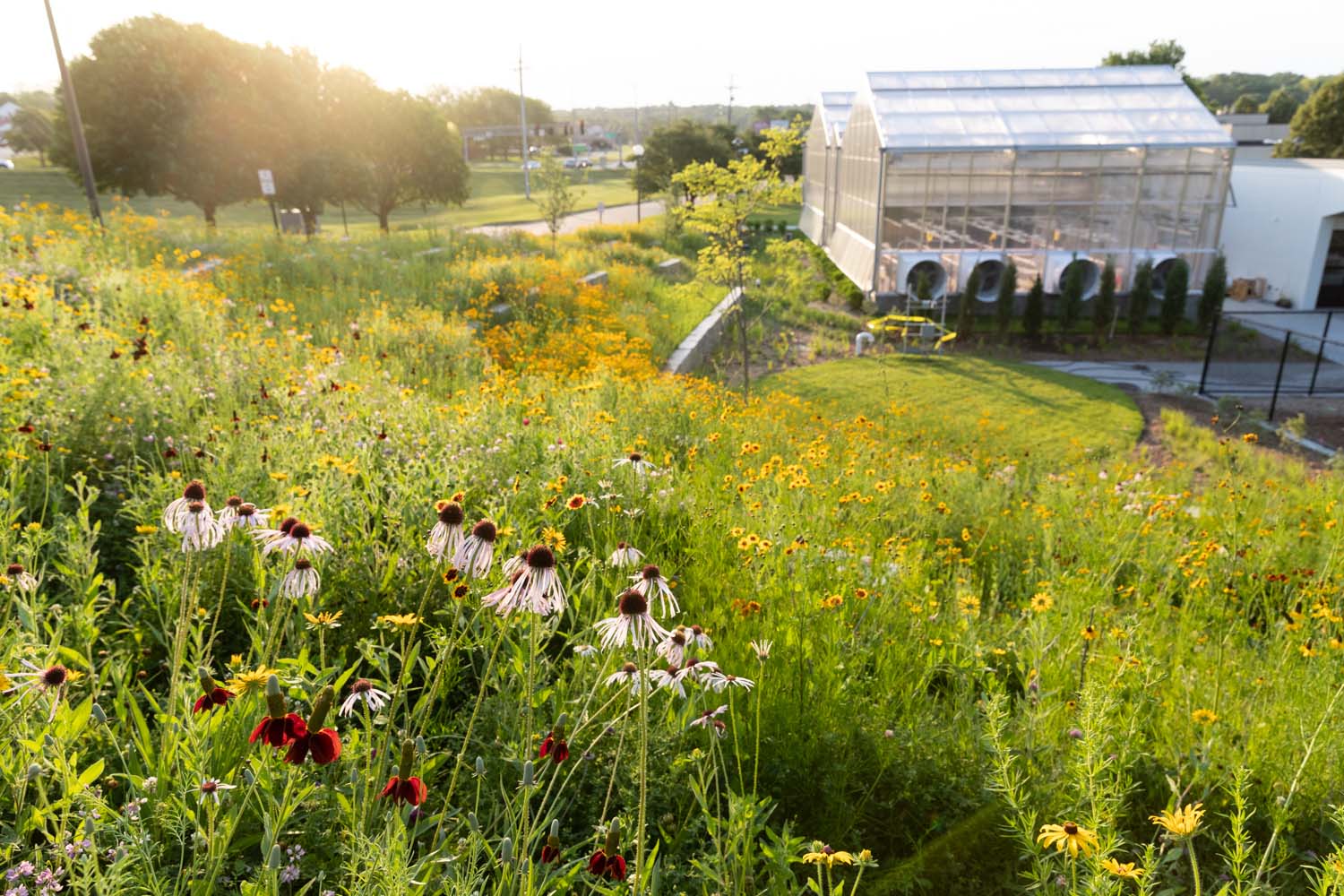
Be cautious in regular garden centres
While many general nurseries now carry native plants, it’s a good idea to read the fine print on plant labels. For example, non-specialty nurseries often carry cultivars of native plants (sometimes called “nativars”). Cultivars are selected and bred for specific traits and often lack the genetic diversity that is a beneficial feature of “wild-type” native plants (that is, those that are sexually reproduced from seed rather than cloned). An easy way to distinguish wild-type native plants from nativars is that nativars include a name in parenthesis after the genus and species name. Monarda didyma ‘Cambridge Scarlet’ is a nativar of the wild-type species Monarda didyma.
Another issue you might encounter at a regular garden centre is that non-native plants might be mislabelled as native plants. For example, purple coneflower (Echinacea purpurea) is native to some regions of North America, but it might not be native to your specific locale. If you’re visiting a non-specialty nursery, it’s a good idea to do some research in advance about the native plants you’re looking for.
Try seeds instead of seedlings
If you’re on a limited budget, or if you’re interested in flexing your propagation muscles, starting native plants from seed opens up a much wider world of availability. It’s easier to find a broader selection of native seeds to purchase via mail order than it is to find plants at nurseries. Check your state or provincial native plant society for local seed sources. A bonus is that some gardening or conservation groups offer seed exchanges among members – a low-cost way to source seeds – and you’ll often see species listed that are hard to find commercially as seedlings. Another possibility is to research whether or not there’s a “seed library” in your community. (These are exactly what they sound like and, indeed, some seed libraries are “housed” in the local library.)

Beware of ready-made seed mixes
There are many seed mixes on the market promising to “feed the bees” or produce instantly colourful meadow gardens. Often, these generic mixes are not regionally specific, are comprised of non-native species and, of most concern, include invasive species that do ecological damage when they spread from gardens to natural areas. Unless the seed mix has been prepared by a native plant nursery in your region, it’s best to avoid it or to research the species included in the mix before you buy.
Celebrate the generosity principle
As you delve deeper into your habitat gardening adventure, you’ll discover very quickly that native plant gardeners love to share. Abundance is all around you when you connect with this enthusiastic bunch. Native plant societies often hold events where you can insinuate your plant needs into conversations. Before you know it, you’ll have offers. Facebook groups devoted to native plant gardening are another great resource; don’t be shy about posting your requests for plants or seeds, especially if you’re a newbie. More than plants and seeds, you’ll find mentors. And, in time, you’ll be ready to return the favour: as your plants mature and you’re ready to do some thinning and editing of your garden, share the bounty.
Indeed, sharing is essentially what habitat gardening with native plants is all about. Sharing beauty. Sharing space with pollinators and other wildlife. Sharing awareness and understanding of how our human communities can be places of partnership with nature.
It all starts with seeds and seedlings. They might be small but, at the same time, they are huge opportunities for discovery and growth.
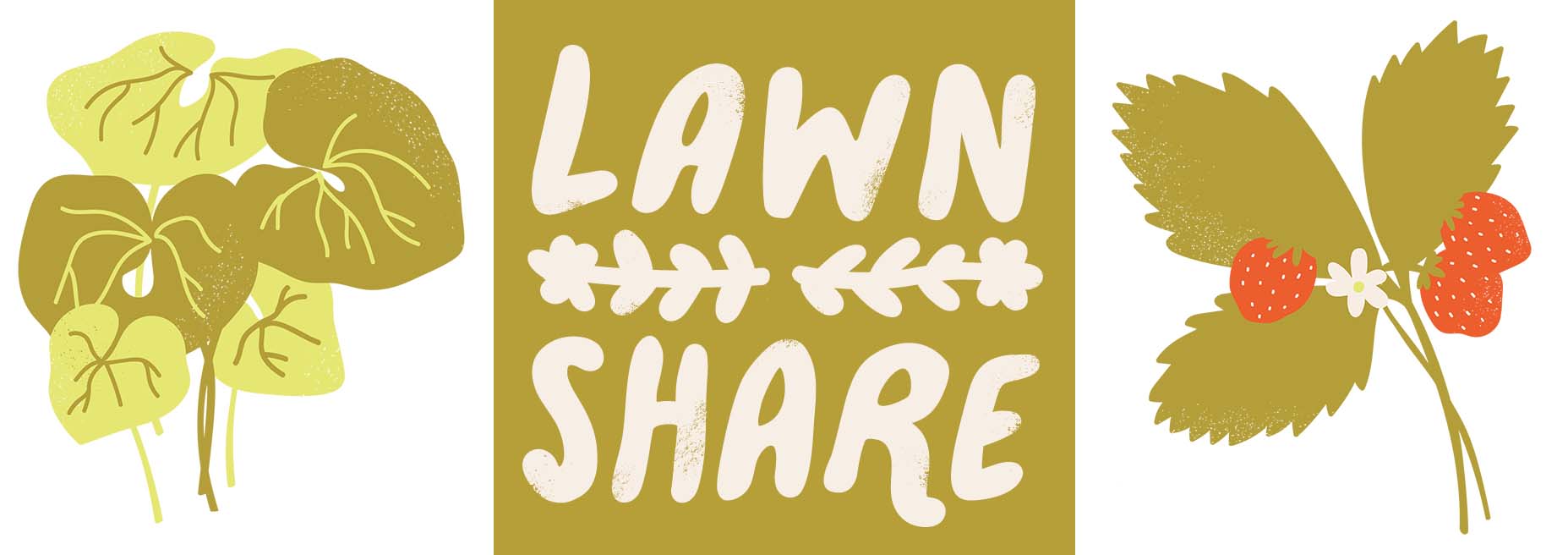
This article is part of a series on reimagining lawns as habitat as part of the David Suzuki Foundation's LawnShare program. LawnShare participants will receive simple guidance on how to take care of lawns with fewer impacts on local water, air and soil, and on how to transform these spaces into habitat that supports native plants and other wildlife while saving time and money.




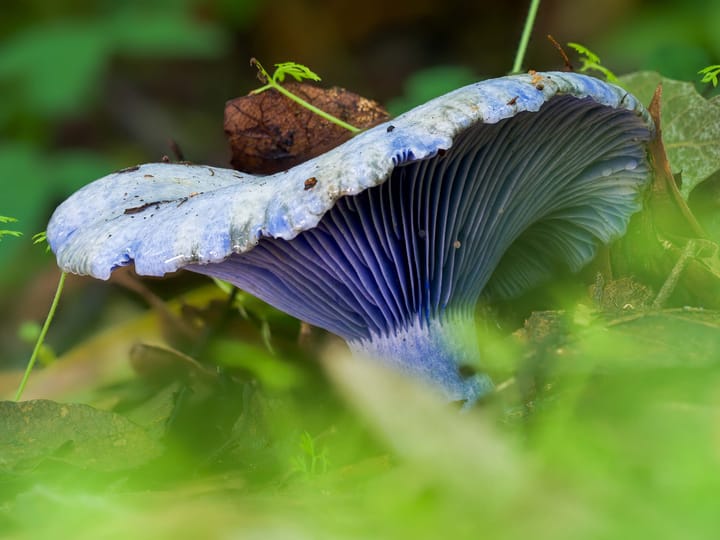
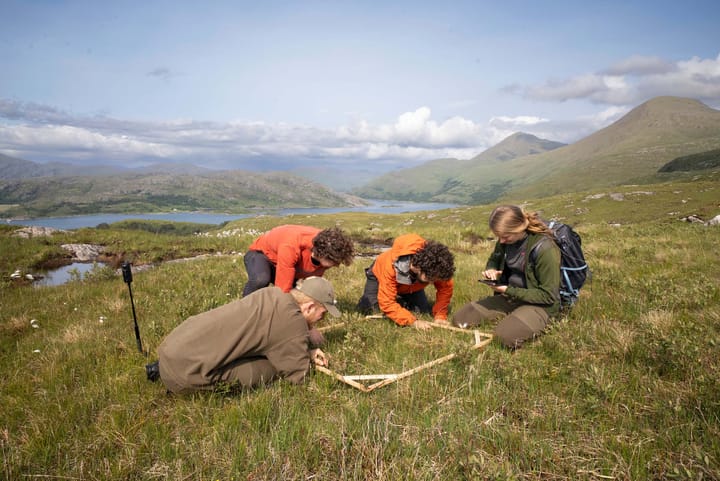

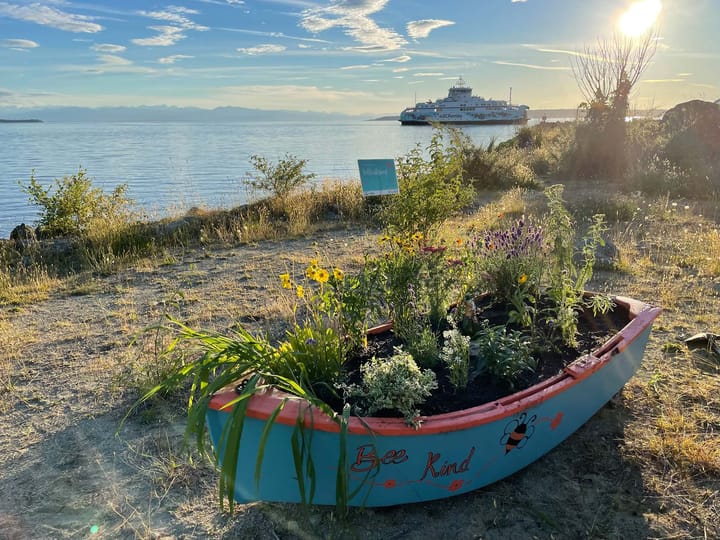



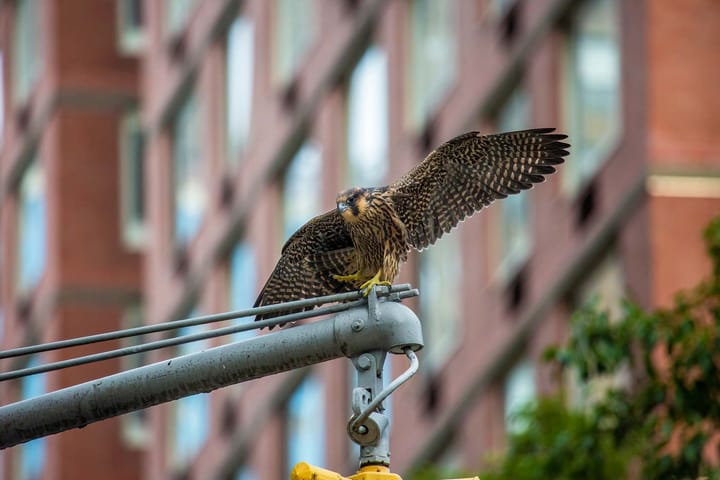

Comments ()